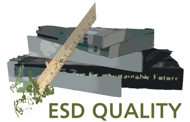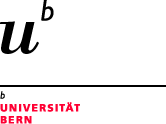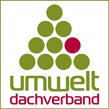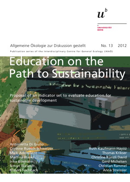Indicators for ESD Conference 2012ResultsGerd Michelsen It is a great challenge to draw or to find some conclusion for a 2-day conference where we discussed an indicator set for ESD. But not only that. We also discussed questions of understanding of SD, understanding of ESD and even an understanding of “good life“ just to mention a few more of our discussion points. I think it is normal that we had such a broad discussion. Although I want try to make a few comments on our plenary sessions and working groups, where we tried to find ways to deal with the indicator set we presented over the past two days. Yesterday I tried explain the philosophy of our indicator set and pointed out that the indicators we suggest can play a role on the so called macro-level. We know that the process of development of ESD indicators is a dynamic process and a process in which one should integrate experts from science, politicians and practitioners to make the indicators most acceptable. Antonietta Di Giulio explained this morning the methodology and the complicated, very intensive and time-consuming process of our project. Participation played and still plays a very important role, not only because ESD and participation are very closely combined, but also because we have chosen a transdisciplinary approach in our work. I want to add a very important point: we tested our indicators as well, which took us quite a long time and we tried to find out whether they work or not. In the 2nd edition of our English booklet we will add a few examples of the concrete description of our indicators for better understanding. A very important result is that you said the indicator set is helpful for the implementation of ESD, although you are not happy with some of the indicators we suggest or the description of the indicators. In the context we discussed the question of whether one should suggest quantitative or qualitative indicators. The answer is: perhaps both, although it will be difficult to find the right data for some of them. Because of that and for other reasons as well it would make sense to combine quantitative and qualitative indicators. And it became clear in our discussions that indicators shouldn’t be under-complex. The discussion about costs showed that the concretisation of our indicator, for example, collecting the data, will need money and time and will cost more, the more evidence we want to have from the indicators. We’ve developed indicators on the macro-level. Of course it is right that we still don’t know what happens on the meso- or micro- level, e.g. what happens in the institutions, what happens in the classroom or what happens in the lecture hall. I think on the macro-level we can describe what the situation in the school sector or in the higher education sector is like and we can find a so-called baseline in both sectors and we can see what happened in a positive or negative sense in 3 or 4 years. But at the moment we cannot say, for example, what the situation is like in kindergarten, in adult education or continual education. I think we need some special indicators for them as well. We tried to develop an indicator set for the three German-speaking countries. I was glad to hear that there is an imagination in your heads that the discussion about ESD-indicators should be internationalised. Antonietta suggested a process of how it could work. In the transfer workshop you discussed as well ways in which this would happen and how you can use the set not only with three countries but also in other countries. Yesterday I was very happy to hear about the idea of organizing an international project with more countries, perhaps with money from the EU. We will think about this suggestion and we will inform you whether or how we can start such a quite difficult process. Or perhaps one of you will take the lead. And we discussed possibilities for bringing the indicator discussion together with the Bologna-Process and other processes, for example the quality discussion in some countries which was mentioned by Charles Hopkins. I will come to an end and want to thank you for your participation in this conference and the intensive and fruitful discussions we had over the past two days. And of course I want to thank our colleagues from Bern for organizing and preparing this conference. You did a great job. Thank you very much for everything you did. |
|
Publication
|
|
Contact Information
esd quality, Research Group Inter-/Transdisciplinarity |


 Impressum
Impressum



 Education on the way to sustainability. Proposal of an indicator set to evaluate education for sustainable development.
Education on the way to sustainability. Proposal of an indicator set to evaluate education for sustainable development.